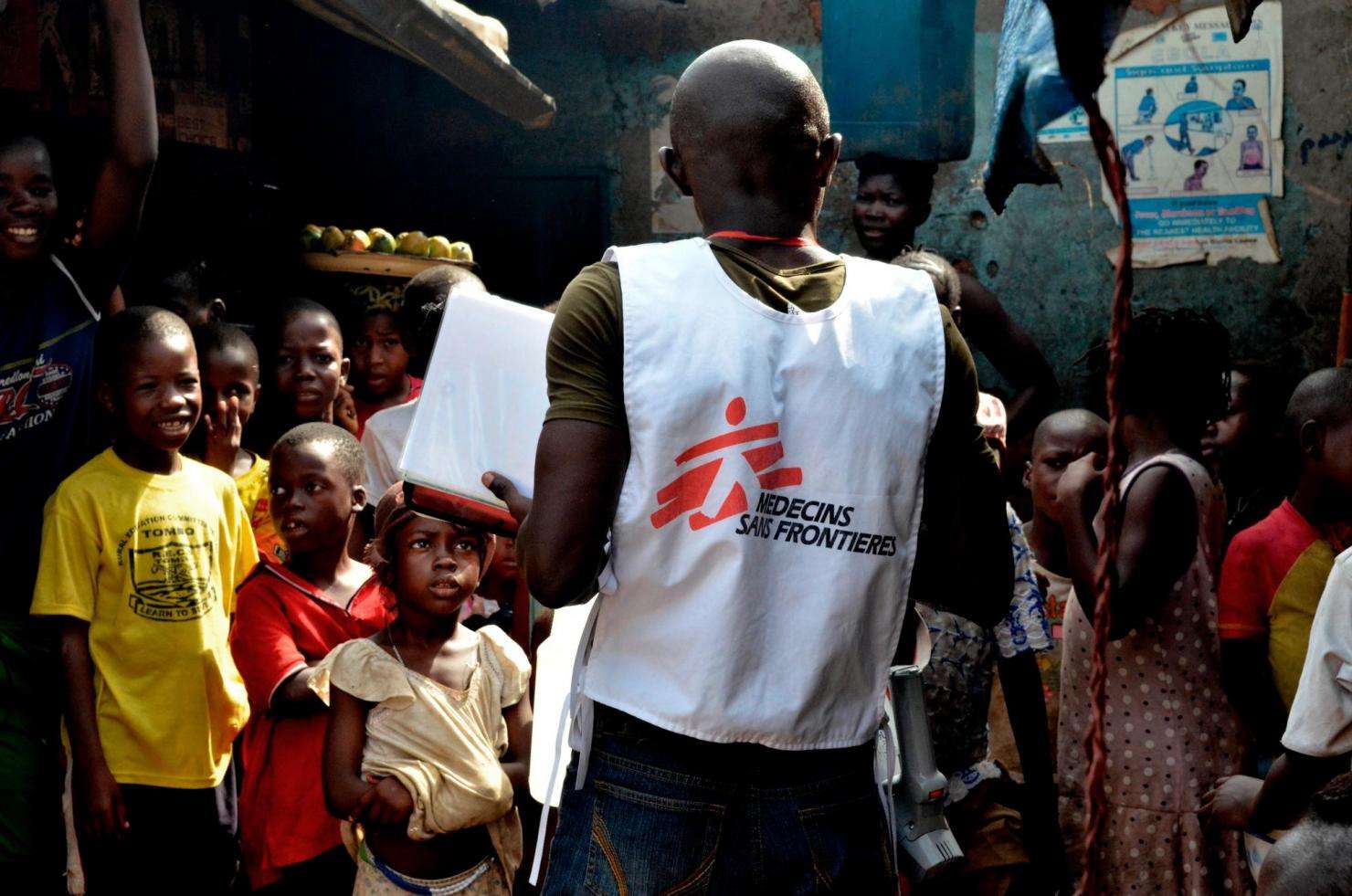Doctors Without Borders: A Role Model for All
In many parts of the country,
people live in constant fear of violence, diseases, and disasters, and are
unable to leave their neighborhoods to seek medical services. Aside from having
to endure an already precarious health system, these are the people that are
deprived access to even the most basic health care. They have to turn to
humanitarian organizations, such as Doctors Without Borders to offer medical assistance.
Doctors Without Borders,
also known as Médecins Sans Frontières (MSF) is an independent, global movement
providing medical aid in places where it is needed most. MSF works in conflict
zones, help with recovery efforts after natural disasters, during epidemics, in
long-term care settings, and more. The organization was founded in 1971 and
have treated tens of millions of people since then.
In May 1968, it all started with
a group of young doctors who decided to help victims of wars and major
disasters. At the time, it is a new brand of humanitarianism which reinvented
the concept of emergency aid. The idea stems from the revolt of May ’68 onto
the French publics’ black and white TV screens, where for the first time, they
witnessed the television broadcasting scenes of children dying for hunger in remote
corners of the world. These doctors then decided to lay the foundations for a
new and questioning form of humanitarianism that prioritize the welfare of
those suffering over political or religious boundaries.

As many people around the world
are struggling to have access to humanitarian aid, due to factors like
insecurities and poor roads, we should look up to the efforts of Doctors
Without Borders and seek to offer help to populations in distress constantly.
One of the Doctors Without
Borders ongoing missions include the Campaign for Access to Essential Medicines, which seek to increase access to essential medicines in developing
countries. According to the World Health Organization (WHO) (2016), essential
medicines (LINK) are selected drugs that satisfy the priority health care needs
of a population. The reason behind this initiative is because most diseases prevalent
in developing countries are no longer familiar to the people in developed
countries. Thus, pharmaceutical companies found that these drugs are no longer
profitable, and choose to raise the price per treatment, reduces the development
of the drug and or even stop the drug production. This campaign was then
started to put pressure on governments and pharmaceutical companies to increase
funding and access for essential medicines.
In Africa, Doctors Without
Borders also partake in the effort to treat and educate the population about
HIV/AIDS. The people in sub-Saharan Africa are one of which faces the
most deaths and cases of the disease in the world. WHO estimated that there
were only 5.25 million of the 14.6 million people were receiving treatment (WHO,
2019). Therefore, Doctors Without Borders continues to urge governments and
pharmaceutical companies to increase research and development into HIV/AIDS
treatments to cut cost and increase availability.

Medical accessibility continues
to pose a challenge in our community, especially populations in distress,
victims of disasters, and the victims of armed conflict. As a member of a privileged
society, we can and should help spread the word, volunteer, and donate to these vulnerable populations.
References
World Health Organization (WHO). (2016).
Essential medicines. Retrieved from
https://www.who.int/medicines/services/essmedicines_def/en/
World Health Organization (WHO). (2019).
Treatment and care. Retrieved from https://www.who.int/hiv/topics/treatment/en/
Written by Jeanie Ng


Comments
Post a Comment
Let your knowledge, ideas, and innovation be heard. Tell us what you think and know about this topic.